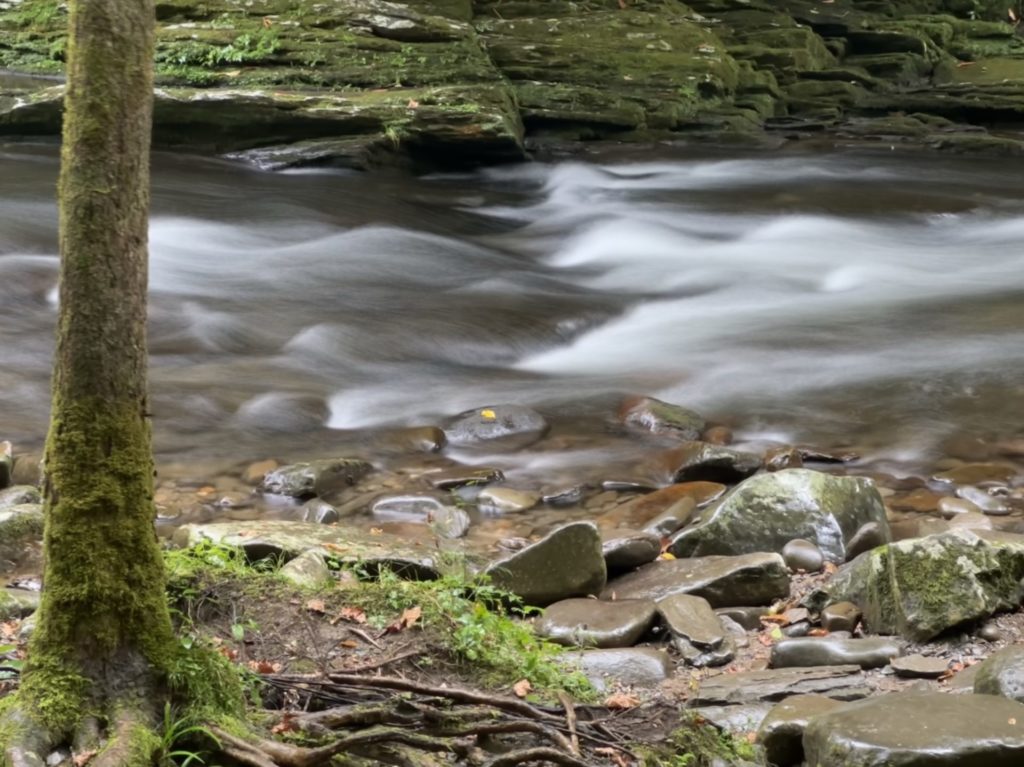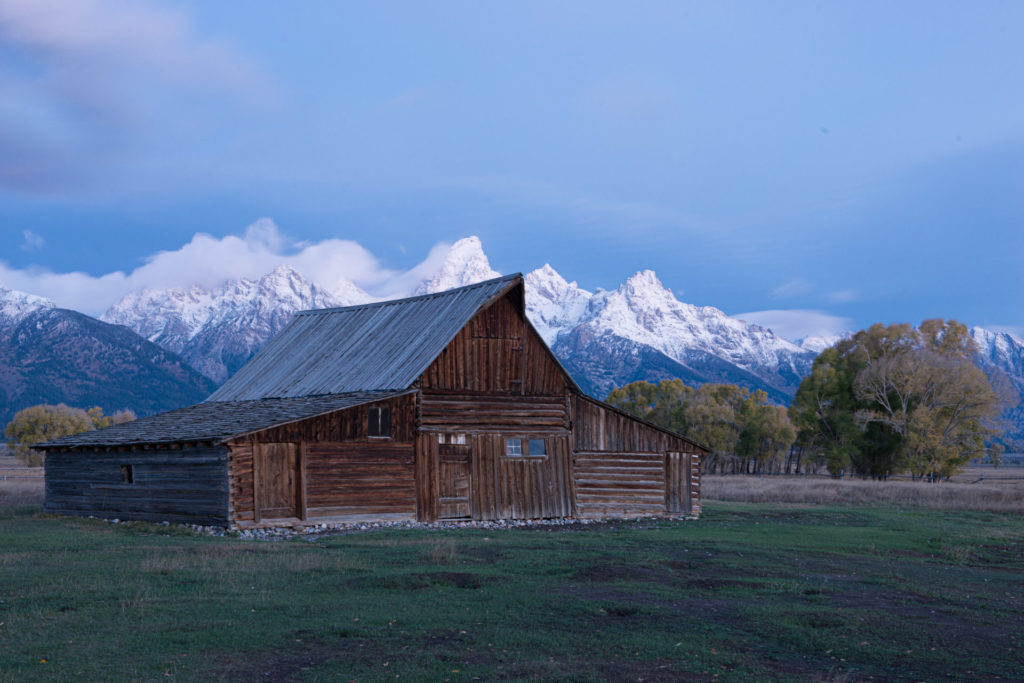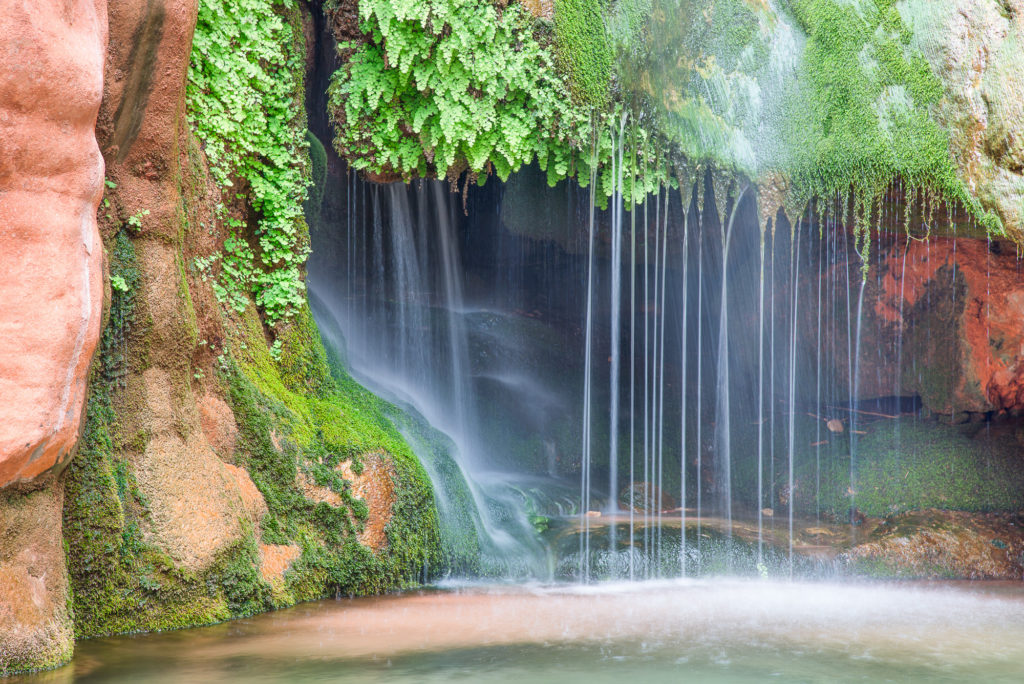6 months ago when I starting writing this post, I was in an area of Ohio with low cell service. It was nice.
But this place is recently on the map and it is getting crowded, But at least for now, it is a manageable level of crowding over one of the most popular weekends of the year (Labor Day). The locals tell me that is was virtually unknown 5 years ago, before a push from the governor and a $43 million rebuild of the lodge made it known. In 5 more years, they may have year-round crowds.

Then I start to think about how, in the 70s, Zion National Park was a 3rd or 4th tier location. A place you went after you saw Yellowstone, Yosemite, etc. Now today it is on everyone’s must visit list. Most travelers know the popular spots and want to climb Angels Landing. The search for uncrowded spots is growing as fast as the desire to visit these now crowding locations. When I first visited Zion in 2016, you could just pull up to the 6-car parking lot and climb Angels Landing. I didn’t do the climb on that trip due to ice and not being a fan of heights, but to do this today, one would need to go through a lottery to get a climbing permit.
It certainly is a double-edged sword. On one level you want a place to be popular enough that it gets preserved, but not so popular that you need reservations 6 months in advance.
A Heaing

Then you get the FOMO “Oh I need to go there before it gets too crowded”, which results in crowds growing faster as people try to get there before it becomes too popular. And once you get burned, the thought changes to “This might be the new hot spot, I need to go there now”. When enough people think this, it just makes the problem worse.
If you are very unlucky, a place like ‘That Wanaka Tree’ will be ruined before you get there.
View this post on Instagram
I made it in 2016, before the branches were removed by vandals in 2020.
A photographer friend of mine once said ‘for a place to become iconic, it must be within a 15 minute or less hike from a parking lot’. While this is somewhat cynical, it is also quite apt. Most people have limited time off from soul crushing jobs. They want to experience all that they can and sometimes, being able to visit 2-3 locations instead of one just feels better than visiting 1 spectacular place with a 4 hour hike. Some may feel the opposite, but they are likely in the minority.
Obviously, most people never read my old post about how you can (almost) always return to a location. Even if it is in the top-5 posts on this blog.
I’ll be the first to admit that free information has helped me find places. I owe a lot to sites that happily tag a location so I can get an idea before I go. I’ve certainly traveled far because a photo of the place made me say ‘I need to go there’. This trip to Ohio was due to stumbling upon a photo online and saying ‘Where in the world is this… Ohio? That isn’t too far’.
Many years ago, I fell into the trap of believing that all information should be free. I have certainly spent a lot of time promoting locations through posts where I tag the location. I’ve been attaching a GPS tagging device to my cameras since 2010.

So what should be done? For many spots, their location isn’t secret. But many places that have a well-known location are difficult to get to. If I post a photo of the South Georgia Islands, or Ellesmere Island, does it change much? Both places are very difficult, expensive, and time consuming locations to visit. Even locations along the river in the Grand Canyon are difficult to visit. They can take multi-day hikes or multiple days by boat to get there. Is it safe to tag these locations, knowing it either won’t or can’t increase their popularity?
About a year ago I did an experiment on my Instagram. 15 days, 1 image per day, but no location or time of year was given. Just the image. I liked it. While some images clearly showed a time of year and others may have had some plants only found in certain locations, I chose images that did not have an obvious location, even if they were taken near well-known spots.
I think it had a positive reaction. At the end of the experiment, I gave out the locations. And that was the point, here’s a photo from Yosemite and you probably didn’t know that.
View this post on Instagram
Well I’m looking at it again and maybe some of these spots are more obvious than others. It was a test and one I’d like to do again.

The New Rules for Posting Locations
And so we’re here. While no final decision has been made, I’m going to start being less specific with my locations when posting to social media. I do realize it may be selfish to not contribute to something that has benefited me. I don’t have the answers. So I’m going to take a middle ground, and adjust as I go.
The New Rules (eh, general method):
- If there is an element of the image that is really obvious, I’ll give my location. If that building, waterfall, rock formation, etc., is instantly identifiable, I’ll post the location. It won’t be close enough to find the holes my tripod left, but you can probably figure out which parking lot I used.
- If a place is built for tourism – Theme Parks, Las Vegas, etc. – I’ll post where it is.
- If it is internationally well known – NYC/Statue of Liberty, Eiffel Tower, Yosemite Valley, Yellowstone’s major formations (Grand Prismatic Spring, Old Faithful) – I’ll post where it is.
- If the image does not have anything instantly identifiable, I’ll give the general area of the world. This photo is from Kauai, Wyoming, or Tennessee, but not Poipu, Jackson Hole, or Gatlinburg.
- If I’m asked not to share the location, then I’ll post the general location. Think of a specific secret spot in Arizona’s desert, but I’ll label it as simply Arizona or the US South West.
- However, if a place is borderline impossible to get to, I’ll post more exact information. Think Ross Ice Shelf in Antarctica or basically anywhere not Disko Bay in Greenland. If it takes 3 days to get there and requires chartering a plane or boat, I don’t think my posting the location will change much.
“For a location to become iconic, it must be within 15 minutes of a parking lot.”
Art Wolfe once lamented that he was to blame for the uptick in photographer tourism to Antarctica.
Far be it from me to contradict one of the most successful living photographers, but that might be a bit too far. I don’t think of the popularity explosion as the results of 1 huge event, rather a million tiny events.
If anything, Instagram (a platform I do like, even if it is run by an evil lizard man) has done more harm in popularizing small, once out of the way places.
As a side note to all of this : The USA population has grown 50% in the last 30 years. No really, in 1992 the population was around 220M. Today (2024) it is around 340M. We hit 100M around 1908. Both 1908-1992 (84 years) and 1992-2024 (32 years) are 120M increase in population.
My grand parents, in 1948, drove from PA to Yosemite for their honeymoon. It was 6 days each way to drive. Airplanes were simply not affordable at the time. 40 years later they would fly to CA in under 6 hours.
Now I’m not going to say that 1 item is the biggest issue – increase in population, ease of air travel, knowledge, increase of wealth of population, these all seem like good things. Then there is also the negatives – perceived lack of places to go, META, etc. Could sharing locations that are not that well known help?
And I’ve talked myself into a corner again. Is it worse to share a location so it stays natural, or is it worse to share a location no one knows about to help alleviate the pressure on the popular spots. I don’t have the answers. But maybe sharing a general location is a step in the right direction. If I find a few pictures of spots I like at the top of a mountain are in Colorado, maybe I’ll look up the trails before I go and the people going will naturally sort themselves out between the top 100 vs 90% of the people going to the top 25 trails and leaving the rest alone. Is this the right way forward? Or was keeping the masses contained to the top 25 trails what made life great for everyone else?
Either way, I’ll be more restrictive in sharing my locations and I think we can all agree that the sooner META ceases to exist, the better it is for everyone.
-B